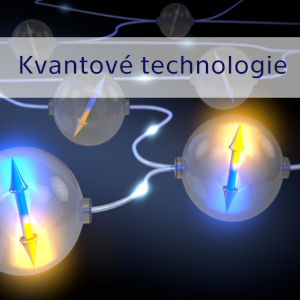Quarkonium (J/ψ, Υ mesons) production mechanism is not well understood despite years of theoretical and experimental studies. There are 2 basic models of a quarkonium formation, a bound state of heavy quarks QQbar.
In the Color Singlet (CS) model, a QQbar pair is produced directly in a color neutral state and can form a bound state. Such production is associated with a gluon. This gluon may form a hadron or a stream of hadrons (a jet) in a final state. The momentum vectors of both the produced hadron and the quarkonium should be opposite to each other. This case can be investigated by measuring quarkonium-hadron correlations.
On the other hand, a QQbar pair can be produced in a colored state, called Color Octet (CO). This requires neutralization of color by emission of gluons in order to form a color neutral quarkonium. These gluons will be observed as hadrons in a final state, whose momenta are expected to be small.
A large fraction of the quarkonium production cross section is due to the CS state. It is, however, not enough to fully describe the data, so CO contributions are needed. A new calculation involving Color Dipole description of quarkonium production via Color Singlet state can describe the experimental data rather well. Studies of quarkonium-hadron correlations provide a way to test the model. The results may provide an important answer, whether CS model alone is enough to
describe the quarkonium production mechanism.
The aim of this thesis is to focus on experimental aspects of quarkonium-hadron correlation studies. The student will have an opportunity to analyze data from the STAR experiment. This will provide the necessary experience in working with large data sets and modern particle physics detectors.
Literatura:
L. Kosarzewski, in Proc. SPIE - Int. Soc. Opt. Eng., edited by R. S. Romaniuk (2016), p. 100313U.
https://drupal.star.bnl.gov/STAR/files/Upsilon_PWRHIC_LK_2018_1_7.pdf
C. Chao-Hsi, Nucl. Phys. B 172, 425 (1980).
H. Han, Y.-Q. Ma, C. Meng, et al., Phys. Rev. D 94, 014028 (2016).
E. Basso, V. Goncalves, J. Nemchik, R. Pasechnik, and M. Sumbera, in Proc. Eur. Phys. Soc.Conf. High Energy Phys. — PoS(EPS-HEP2015) (Sissa Medialab, Trieste, Italy, 2016), p. 191. https://indico.cern.ch/event/639207/contributions/2623427/attachments/1482625/2300422/Sumbera_STAR_Warsaw2017.pdf
K. H. H. Ackermann, N. Adams, C. Adler, et al., Nucl. Instruments Methods Phys. Res. Sect. A Accel. Spectrometers, Detect. Assoc. Equip. 499, 624 (2003).





